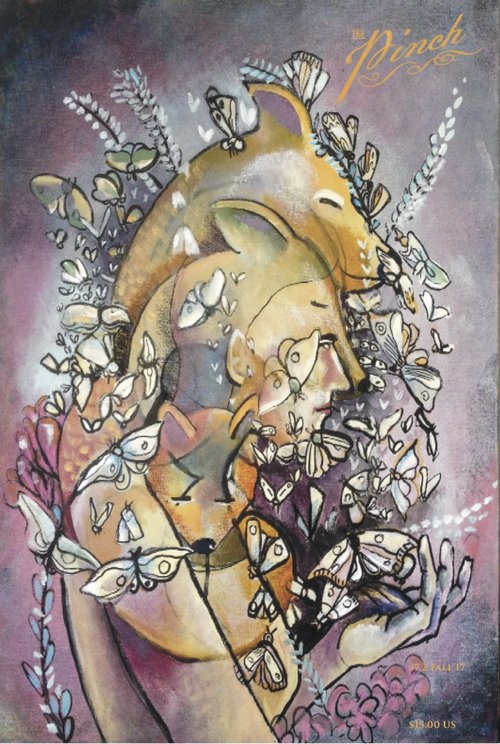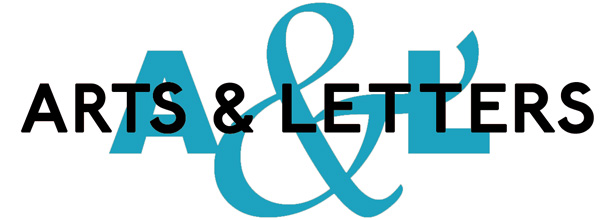 The Pinch, Issue 37, Volume 2
The Pinch, Issue 37, Volume 2 MFA-run The Pinch at The University of Memphis publishes prose (fiction and creative nonfiction), poetry, and art. This, the second issue of the 37th volume, comes covered in cool tones and pinks, a cover as ornate as the works it houses. At first glance I don’t recognize the contributors’ names on the back—a treat in that I’ll get to experience new talent here, perhaps fall in love with a series of poems and make a purchase, a Twitter following at the least. The Pinch is open to experimental work, like Kathryn M. Barber’s essay “Gaslight;” like Lauren Annette Boulton’s poem “Love, Based on Actual Four and a Half Star Reviews for Socks;” like Loren Britton’s image “Won’t You Please Write? (Looking at you.).” This journal is hip.
Barber’s essay, styled after Sherman Alexie, is comprised of five vignettes titled after classic movies. Each vignette is itself an extended metaphor combining the movie in question with the concept of gaslighting as a form of abuse. Each film reference leads to a deeper understanding of Barber’s relationship with a former partner, and in the end the films themselves are pivotal to understanding her narrator’s development. Barber successfully melds experimental form with well-known narratives to craft a brief essay that encompasses the necessary elements to move this reader forward, helping me to invest in and understand her emotions.
Boulton’s poem is experimental in both form and delivery. Each stanza, a sock review turned review of love as an item, is preceded by a set of four and a half bright yellow stars. The content of this poem is enhanced by its clear title, which is key to understanding and, at times, chuckling at the poem. Whether you choose to laugh at lines like “I will say this: beware using love on slippery floors,” or read them as a lover’s admonition, it’s clear that Boulton has written a delightful poem.
Britton’s image, a photo of a mixed-media project, presents a viewer with questions about what it means to be a creative. One brick is unwrapped, hiding nothing from the viewer, while another is covered in fabric with a mouthless expression. I could go as far as to infer that the expressive brick describes the creative, hidden and looking for love, or at least the written expression of feeling. Regardless of how you interpret this piece, it does engender discussion alongside multiple experimental pieces of writing. Do we write for love? Is writing our way to share our voice, mouthless as we might feel? That’s for the reader (and writers) to decide.
This edition of The Pinch is full of both traditional and experimental work, though I would argue that it’s The Pinch’s flair for the experimental that sets it apart from others. To submit, subscribe, or order your own copy of The Pinch 37.2, click here. *
Reviewed by Scarlett Peterson







